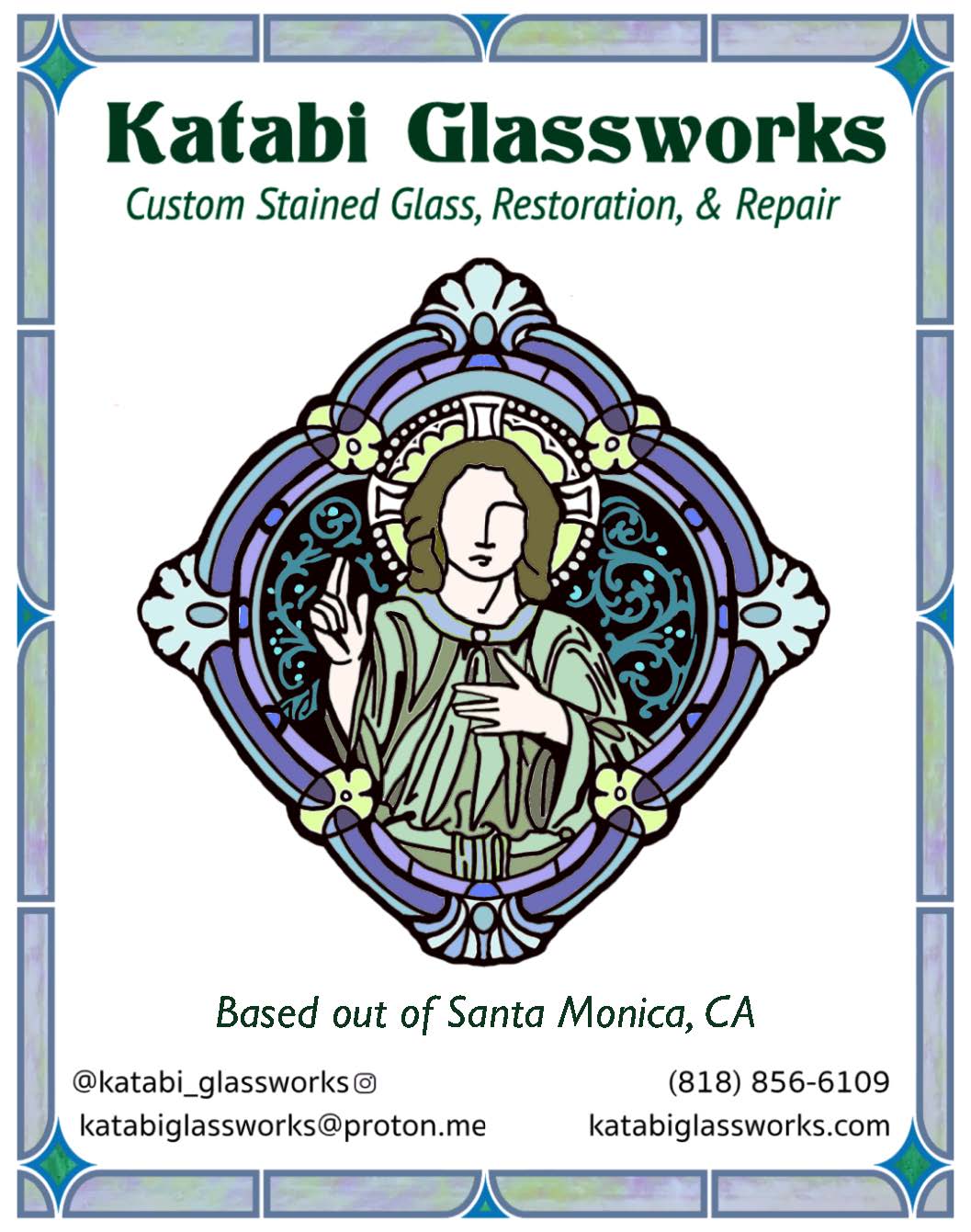In the term of this issue we celebrate the great St. Benedict of Nursia.
He is sometimes called the father of monasticism — though monks had lived in monasteries for centuries before Benedict’s birth.
He is often called the founder of the Benedictine Confederation — though he never sought to found a religious order.
What he did was write a Rule. Yet, again, he was not the first to write a Rule for monks; and in his Rule he freely acknowledged that he was borrowing from earlier Rules.
Benedict was, apparently, not very “original” in his contributions to Christian culture. Nevertheless, he is the figure from the Dark Ages most often invoked as a model for faithful modern living. St. Pope John Paul II said that in a “black night of history,” Benedict “was a luminous star.” The philosopher Alasdair Macintyre ended his influential book “After Virtue” by expressing his hope for the coming of “another — doubtless very different — St. Benedict.” And years later the journalist Rod Dreher took this as his starting point as he imagined a “Benedict Option” for Christian communities in the 21st century.
So, if Benedict wasn’t very original, why is he so important?
Well, because he was faithful — and he recognized the need most particular and most urgent for his time.
Benedict was faithful to the Christian heritage, beginning with the divine revelation. He did not need to “be creative” or “express himself” in the pages of his Rule, as a modern author might feel compelled to do. In fact, in the Rule itself he recognizes his efforts are secondary and derivative. “Indeed,” he wrote, “what page or what text of the divine authority of the Old and the New Testament is not an unerring rule of human life?”
For all Christians, Sacred Scripture is the Rule par excellence. What he did, then, was maximize his monks’ exposure to the Word of God. It’s not that he crammed as many words from the Bible into the activity of every day. Instead, he regulated the recitation or singing of the biblical Psalms and Canticles so that they alternated with times of silent prayer and labor.
Such was the liturgical life of his monasteries. Benedict called this ritual worship the “Work of God.”
Notice that his emphasis is on what God does in the liturgy — not what the monks do. God is a farmer sowing seed. “The seed is the Word of God” (Luke 8:11). The liturgy is the time of sowing, and later come germination and growth. Later comes personal sanctity.
This is how Benedict shined light into the Dark Ages. Like other giants of that period (Isidore of Seville and Cassiodorus), he knew that he was not living in a Golden Age. Theirs was an age of gathering, sifting, and synthesizing. They were storing up centuries of wisdom for safekeeping beyond the twilight. That was the task necessary for their time.
Their task was utterly dependent on Scripture transmitted in the liturgy. What can they teach you and me for our own times?

